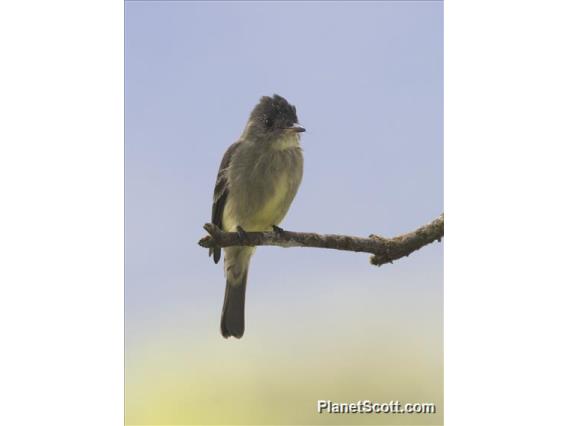Eastern Wood-Pewee (Contopus virens)

Eastern Wood-Pewee (Contopus virens)

Eastern Wood-Pewee (Contopus virens)

Eastern Wood-Pewee (Contopus virens)



×




Eastern Wood-Pewee (Contopus virens)

Eastern Wood-Pewee (Contopus virens)

Eastern Wood-Pewee (Contopus virens)
About Eastern Wood-Pewee (Contopus virens)
- Kingdom: Animals
- Phylum: Chordates
- Class: Birds
- Order: Perching Birds
- Family: Tyrant Flycatchers
The eastern wood pewee is a small tyrant flycatcher from North, Central and South America. This bird and the western wood pewee were formerly considered a single species. The two species are virtually identical in appearance, and can be distinguished most easily by their calls.
Source: Wikipedia
Visits
-
2006-11-11
Sani Lodge, Ecuador -
-
2008-08-25
Elgin - Bluff Spring Fen, United States of America -
2009-02-24
Corcovado National Park - Los Patos, Costa Rica -
2010-06-25
Elgin - Bluff Spring Fen, United States of America -
2012-07-09
Tamarack Lake, United States of America -
2013-04-17
Brazoria NWR (UTC 108), United States of America -
2013-04-19
Bolivar Peninsula, United States of America -
2015-05-24
Montrose Point, United States of America -
-
-
-
-
-
-
-
-
2021-05-22
Illinois Beach State Park, United States of America -
-
-
-
-
-
-
-
-
-
2023-09-27
Parque Nacional Tortuguero, Costa Rica -
-
-
-
-
-
-






